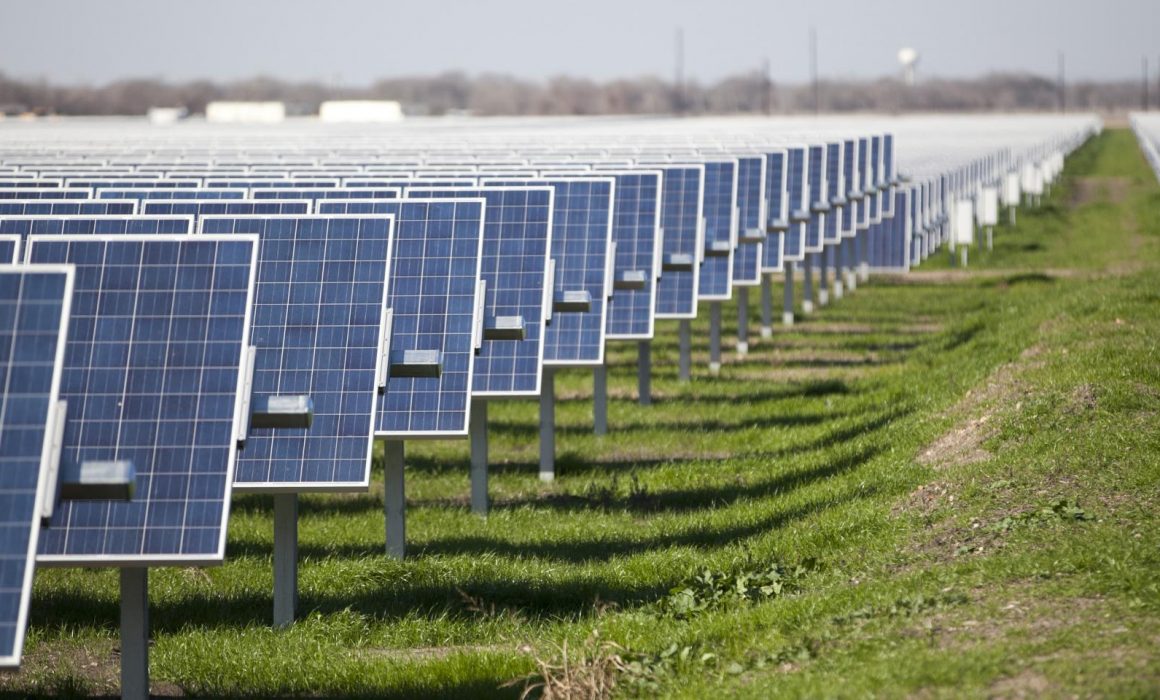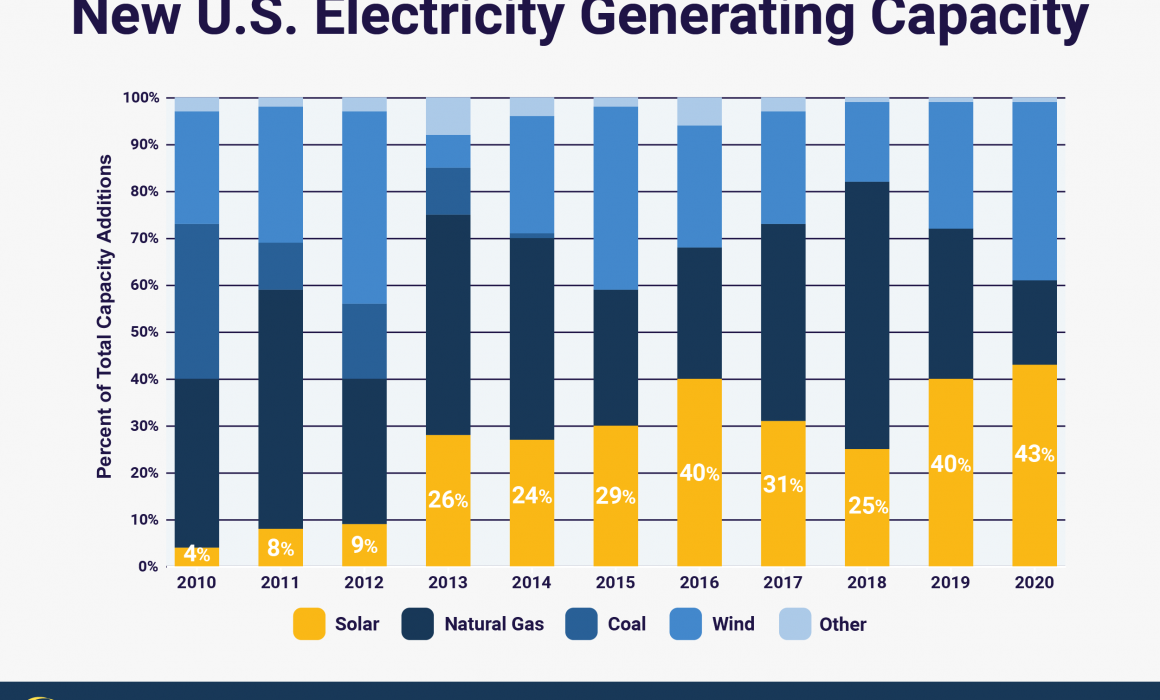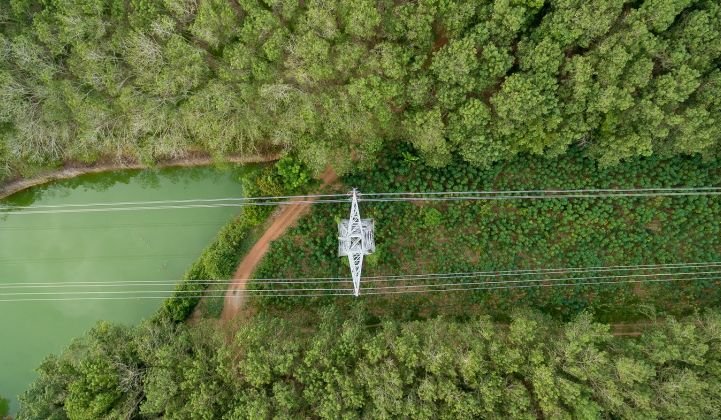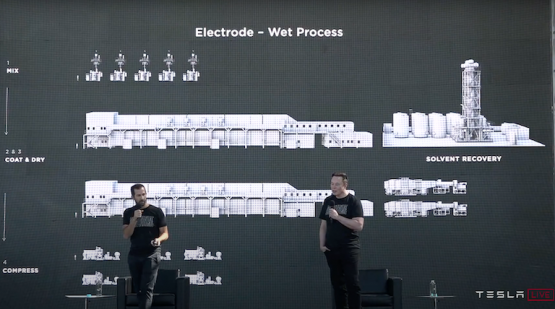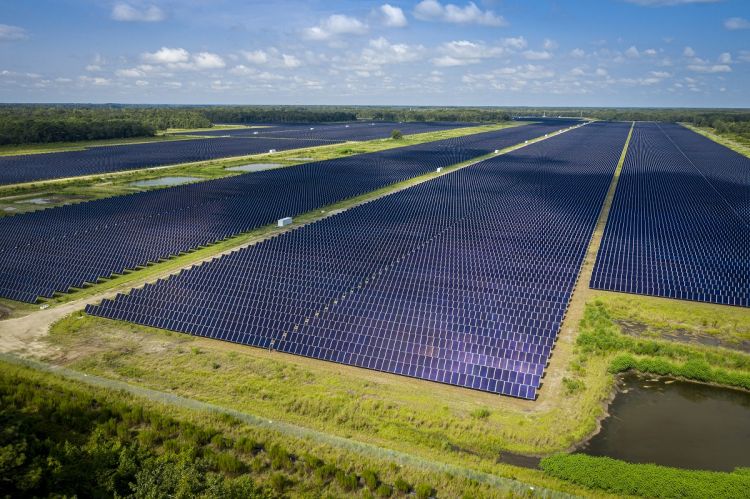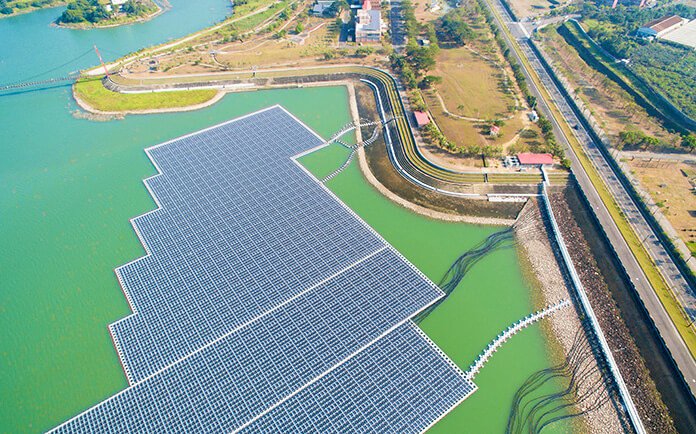Taking the Next Step Toward Our Clean Energy Goals
The latest U.S. Solar Market Insight report makes it clear that the solar industry will see historic growth over the next decade. In fact, the report’s forecasts show the U.S. solar market will grow 4x by 2030 and reach over 419 gigawatts (GW) of capacity. And yet despite these encouraging trends, if we are going to meaningfully boost the economy and tackle the climate crisis, we will need strong policies.Read More
SEIA: Solar on Track to Quadruple Capacity by 2030
The U.S. solar industry installed a record 19.2 GW DC of capacity in 2020, according to the U.S. Solar Market Insight 2020 Year-in-Review report, recently released by the Solar Energy Industries Association (SEIA) and Wood Mackenzie.Read More
California Faces Big Challenges to Microgrid Plans for Wildfires and Outages
Proposed regulations have an uphill battle to speed PG&E’s switch from mobile diesel to cleaner, more cost-effective alternatives by 2021.
California regulators and utilities want to build microgrids for communities most at threat from the state’s increasingly deadly wildfires, and the widespread public safety power shutoff (PSPS) grid outages meant to prevent them. But despite policies to fund and enable these microgrids, California is still far from finding effective ways to get them in place for next year’s fire season.
Even Pacific Gas & Electric, the utility most affected by wildfires and fire-prevention blackouts, is struggling to find solutions to replace the hundreds of megawatts’ worth of mobile diesel generators it’s secured to back up Northern California communities facing power outages. This week, the California Public Utilities Commission issued a proposed decision to boost action on these fronts, including earmarking up to $350 million for utility “clean substation microgrid” proposals in the 2021-2022 timeframe.
Southeastern Utilities Launch Plan for Regional Energy-Trading Market
Utilities including Duke, Dominion and Southern tout the value of real-time trading, but proponents of clean energy want to see bigger steps.
Duke, Dominion and Southern say the 15-minute trading platform could boost clean power and lower costs. Renewables advocates want deeper changes to Southeast energy markets.
The U.S. Southeast’s biggest utilities have filed plans for a Southeast Energy Exchange Market, an electricity trading platform that they say could reduce power prices for about 50 million people and better integrate the region’s growing share of clean power in years to come.
Experts react to Tesla Battery Day: The key technology takeaways
One observer on Twitter noted of Tesla’s Battery Day livestream that nearly 300,000 people had tuned in to what was in some ways “a science lesson” about batteries.
Earlier this week, we collated some views on the overall strategy the company intends to implement to improve both battery cell design and battery manufacturing and integration. Experts from IHS Markit, BloombergNEF, EIT InnoEnergy and BAX & Company helped us along with that one. You can also read our report of the day itself here. In this final piece of in-depth Battery Day coverage, let’s take a closer look at the technology, manufacturing techniques and value chain improvements Elon Musk and Drew Baglino talked about.
Read More
Behind the rise of US utility-driven solar
By Jules Scully | PVTech
As the US tilts towards a presidential election that will very much decide the country’s path for the next four years, federal policy towards renewables and, indeed, climate action in general, hangs in the balance.
But in the absence of overarching federal policy, utilities in the US are increasingly taking matters into their own hands. Recent months have witnessed a slew of integrated resource plans (IRPs) published by utilities, each detailing ambitious plans to deploy swathes of solar and other renewables, as well as energy storage, in a bid to wrestle back control of climate action.Read More
Solar and Hydro: Which Should Governments Be Investing in for a Better ROI?
The respective industries surrounding renewable energy sources commonly exist in an odd dynamic. On the one hand, there’s the industry-wide recognition that the greater uptake of green energy technology among solar, hydro, wind and other renewable sources is beneficial to all. Not only those in the green energy sector but all people across the world.Read More
Renewables account for 57% of new U.S. generating capacity in first half of 2020
By Billy Ludt
Data just released by the Federal Energy Regulatory Commission (FERC) states that renewable energy sources (solar, wind, biomass, geothermal, hydropower) dominated new U.S. electrical generating capacity additions in the first half of 2020, according to an analysis by the SUN DAY Campaign.
Combined, they accounted for 57.14% or 7,859 MW of the 13,753 MW of new capacity added during the first half of 2020.Read More



